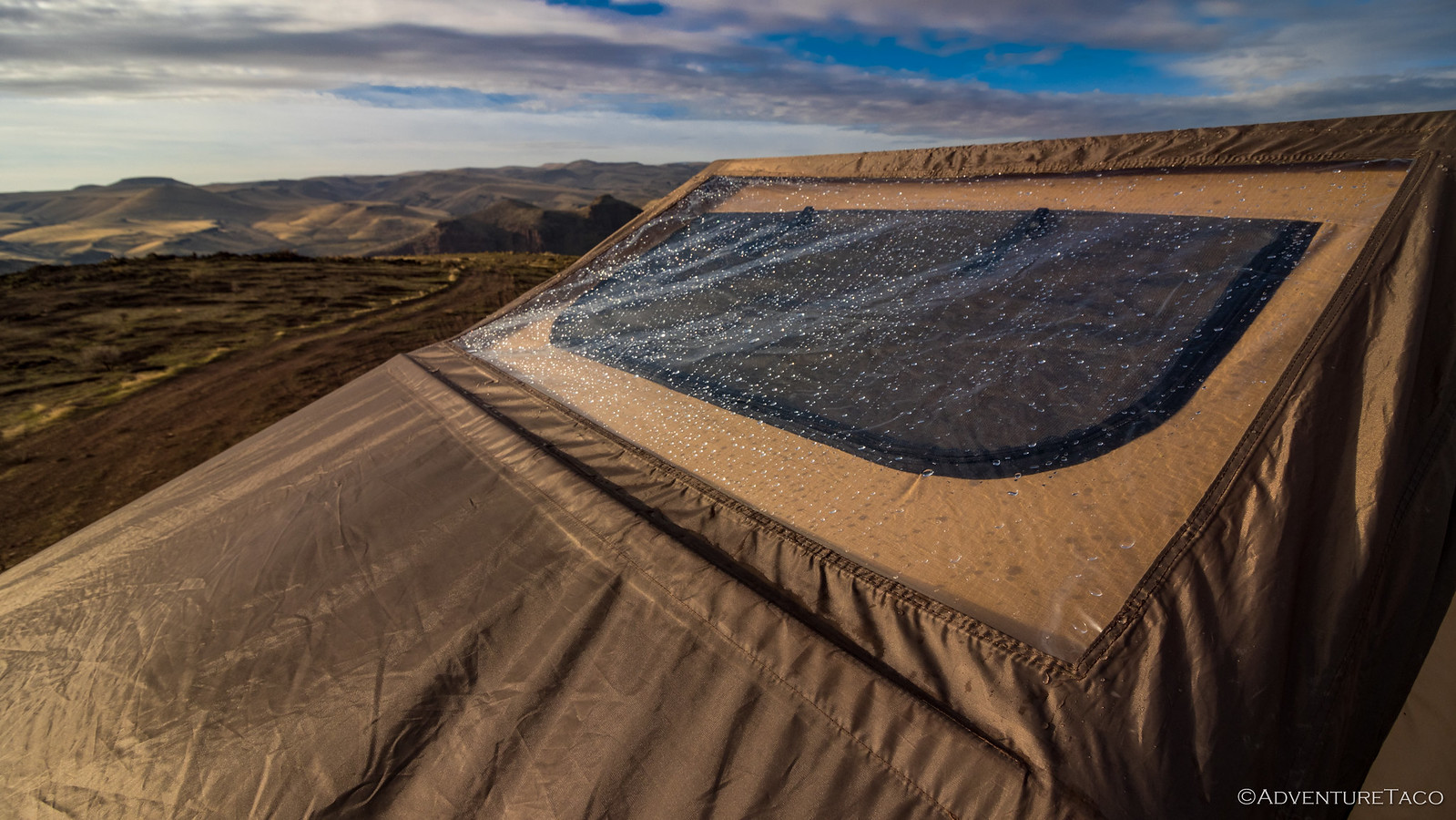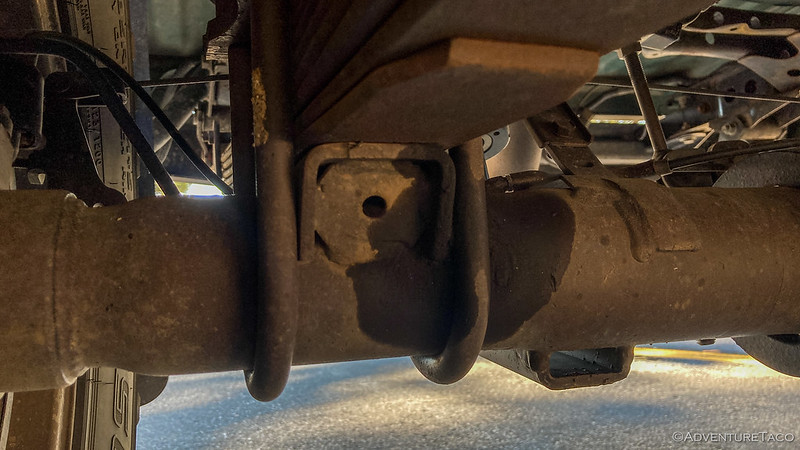Rig Review is a new type of post that I'm going to try to write up after most trips, where I'll note any things that worked really well, or could have been better. The idea has always been to optimize the Tacoma build and setup over time, so there's nothing really new from that perspective.
I won't talk about everything I've got going on - just new equipment to the trip and/or any outliers that deserve a mention. At the very least, I figure that long-term, real-world reviews of the products I use are good for everyone!
September 8, 2018.
The Re-Tour was an amazing trip. Sure, it had a bit of deja-vu with 2017's The De-Tour weather wise right at the beginning, but by the end we had sunny skies during the day and cool nights - a great combination if you ask me. All in all, the truck worked wonderfully on this trip, with just a few things that deserved a bit of discussion.

TL;DR - conceptually the fold-down-and-out table is cool but I need to rework how the far corner is supported for it to be useful. Oh, and it can't have any wooden components, since they swell up in wet weather.

TL;DR - Though it's a great battery, my days of running a single Group 24F Toyota TrueStart battery are numbered; I'm moving to a dual battery system. And, I can no longer recommend the DBPOWER 600A 18000mAh Portable Car Jump Starter, since it failed to start my truck when I had a dead battery.

TL;DR - I continue to be really happy with the main tent, for the most part. I am not however, happy with the rain fly on it due to the "stargazer" windows never ever drying off.

TL;DR - It's much easier to carry around a Coleman Stove and a griddle than the bulky Weber grill, but the griddle is too bulky and cleaning it sucks, so I'm changing it all up again.

TL;DR - I'd like to find a ham radio antenna that is more flexible/floppy than the Diamond NR770HBNMO that I've currently got, and that doesn't have a small section of wound metal in the middle, since that gets stuck on trees and pulls at the roof mount.





















There is an easy fix for keeping tree junk out of the 'coil' in your antenna. Find a short piece of approx 1" diameter shrink-on and shrink it over your coil. Keeps branches and leaves from collecting in the coil and there is absolutely no impact on antenna performance.
The best solution in the long run is to get away from the expensive high gain antennas and make your own 1/4 wavelength whip. As a ham, you know how to figure what a 1/4 wavelength of 146 mHz (center of 2m band) which will be (about 20.2 inches). Cut a wire whip to that length, add/make a cap for safety, and just replace your 'road' antenna with your 'offroad' whip when you hit dirt. HRO has a whip antenna you can modify for about $20. Your offroad antenna is now now pretty much indestructible and line of sight range on the whip is 10-15 miles, more than enough to keep in touch with your group or monitor for traffic. In an emergency, just remount your high gain antenna - which won't be broken or bent ;).
Thanks Michael - the offroad 1/4 wavelength is a great idea, I'll probably give that a shot. I considered the heatshrink over the coil on the high gain antenna, but was worried that I'd affect the SWR (I know that the plastic cap on my firestik cb antenna dramatically alters SWR, even though I wouldn't expect it to).
I use a Larsen NMO 2/70 along with the optional Larsen base spring. I trimmed the antenna length to get good SWR (compensating for the additional length of the spring). I love this combo, extremely flexible and retains the high gain. It has a smaller phase coil in the center like the Diamond but i've been thru trees regularly and it never catches thanks to the spring.
Interesting. Do you have a link to the base spring you're talking about? I wonder if I could use something similar with the Diamond I'm currently running.
Cheers!
I use a MFJ 1414 dual band antenna, they are pretty flexible and do not break off when hitting tree branches. The are also pretty inexpensive to purchase.
They used to be 19.95 but it looks like they have gone up to in price now. They also have an NMO version - the MFJ-1432.
Thanks Curits!
For me, the biggest issue is actually the spiral on the antenna. My current Diamond antenna is pretty flexible, but it still gets caught up. I'm actually thinking of getting something like this one: STI-CO ROOF-FT-NITI which wouldn't give me the range of my longer Diamond, but would completely alleviate the problem with trees, and would likely be good enough for 90% of my use.